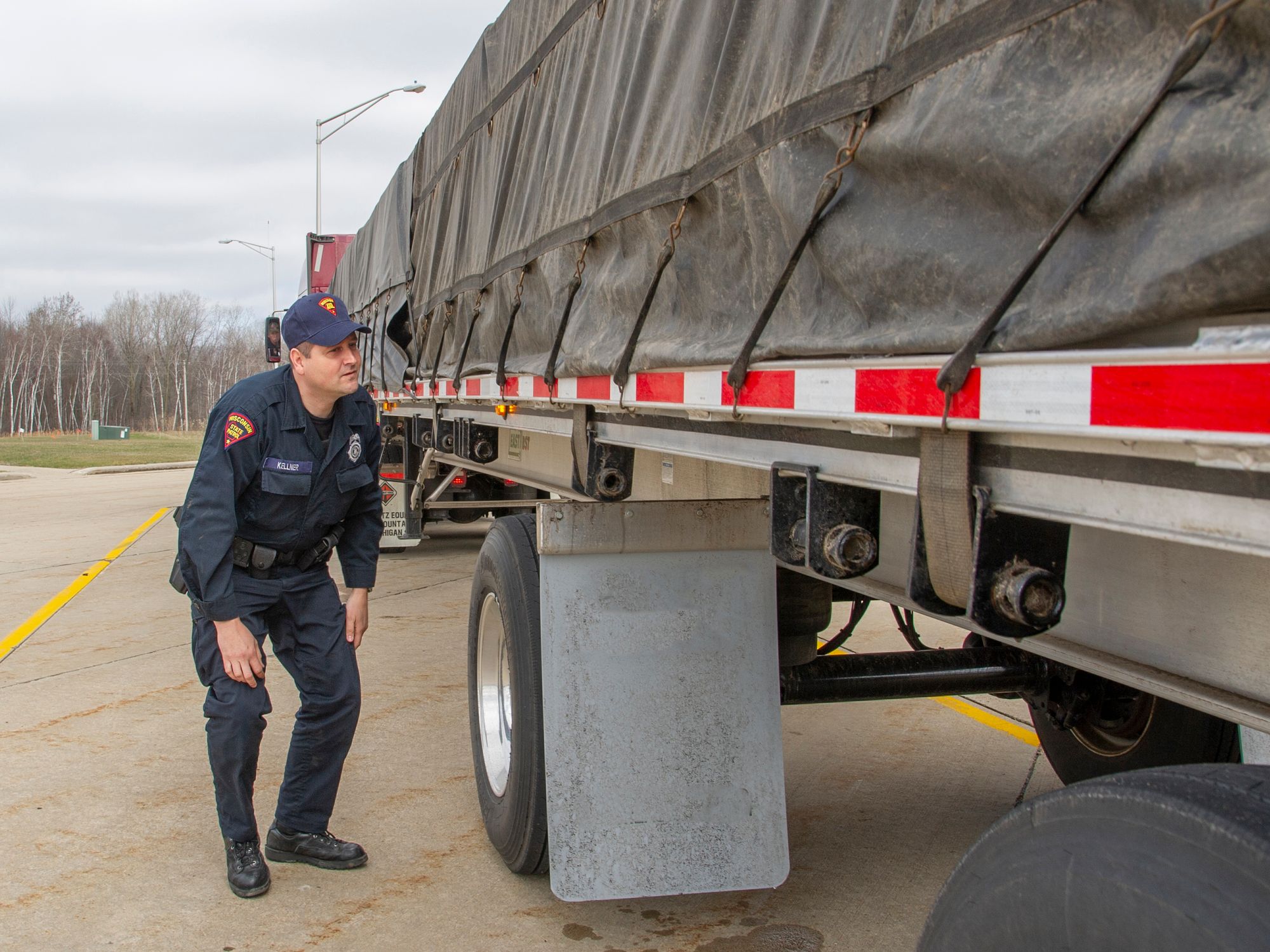What is the purpose of the size and weight limits?

- Requirements for CMV size and weight limits are essential for maintaining the condition of highway systems and keeping their users safe.
- The STAA established minimum weights that states must allow for motor vehicles operating on the Interstate Highway System.
Commercial motor vehicle (CMV) size and weight limit requirements help preserve the physical condition of the highway transportation system and the safety of its users. A vehicle’s weight plays a major role in damage to roadways and related infrastructure.
Not every roadway or bridge is created equal. Some are designed to handle heavy vehicles while others, such as secondary roadways, are not.
Are there seasonal restrictions?
As the ground becomes saturated from the spring thaw, roads need time to adjust to the changing seasons. Seasonal weight restrictions may change from year to year based on the weather. Typically, effective dates are set based on:
- Frost depths measured along state highways,
- Observed road conditions, and
- Weather forecasts.
Once a state or province feels its roads have regained stability, it will remove the weight restrictions. This occurs when the frost depth has decreased enough to allow moisture to escape.
What must a carrier do to operate oversize or overweight?
Besides having regulations pertaining to legal limitations on vehicle width, height, length, or weight, each state has regulations on handling oversize or overweight vehicle movements. These regulations indicate when an overdimensional or overweight permit is required; the types of permits available and their fees; permit insurance requirements; maximum permitted vehicle limitations; sign, flag, light, and escort requirements; and permit travel restrictions.
See the state limit topics for additional information.
Where are the federal limits found?
The Federal Highway Administration (FHWA) is responsible for setting size limits that must be allowed on the National Network and weight limits for the Interstate Highway System.
Federal definitions, limits, and exceptions are found in 23 CFR Part 658.
What is the National Network?
The National Network is a list of interstate highways and state-designated highways, or portions of highways, for which federal size and weight requirements are enforced. Appendix A of Part 658 includes a state-by-state list of designated highways.
Appendix A to Part 658 — National network — Federally designated routes
Also see the state limit topics for additional information.
What is the STAA?
The Surface Transportation Assistance Act of 1982 (STAA) addressed a situation where states restricted weights by setting lower weights than allowed by neighboring states. The STAA set minimums that states must allow on the Interstate Highway System. This act also expanded federal regulation of commercial vehicle size by requiring the FHWA to designate a National Network of highways, including interstates, where states must allow commercial vehicles of certain dimensions and configurations to operate.
States were prohibited from denying reasonable access for these vehicle combinations to terminals; facilities for food, fuel, repairs, and rest; and points of loading and unloading for household good carriers.
